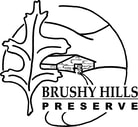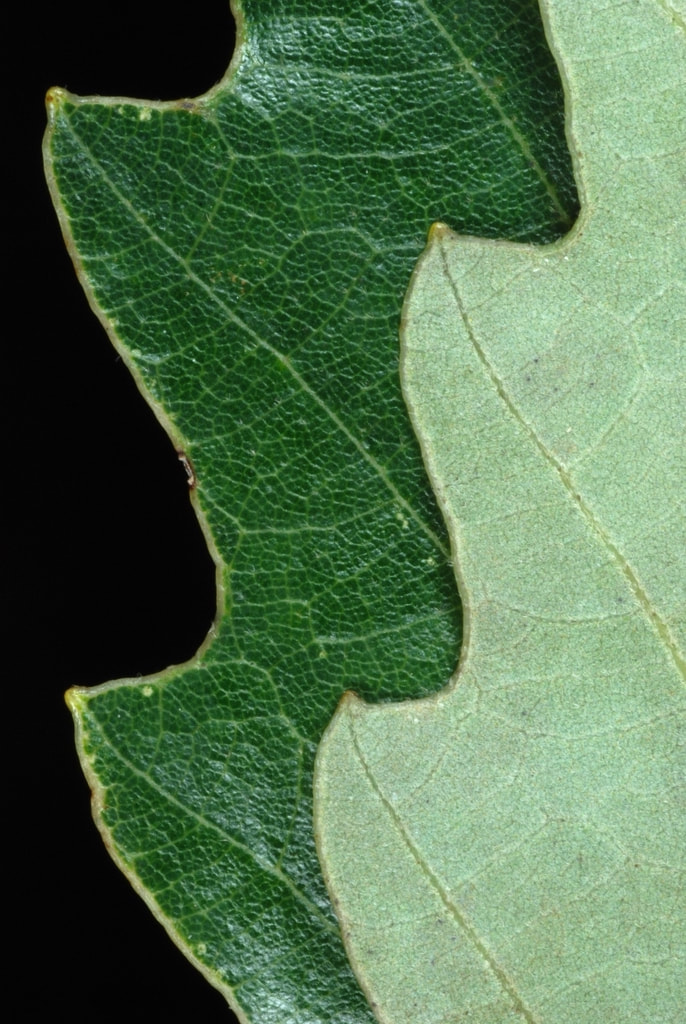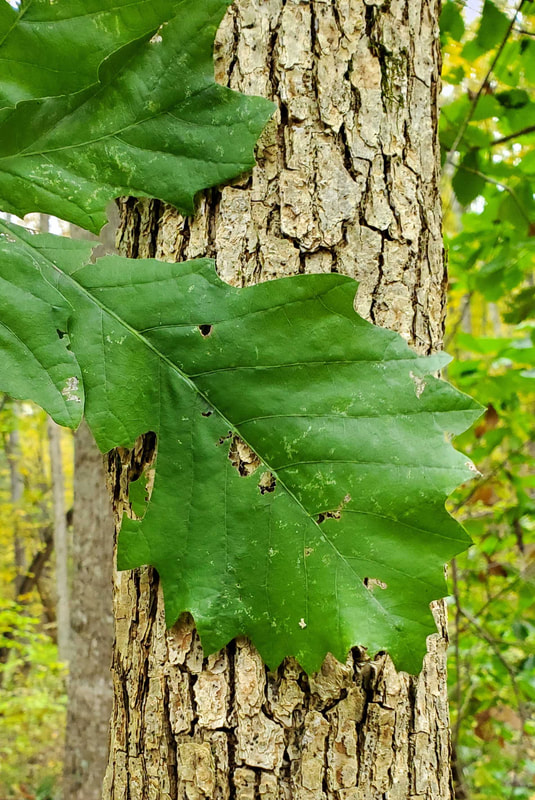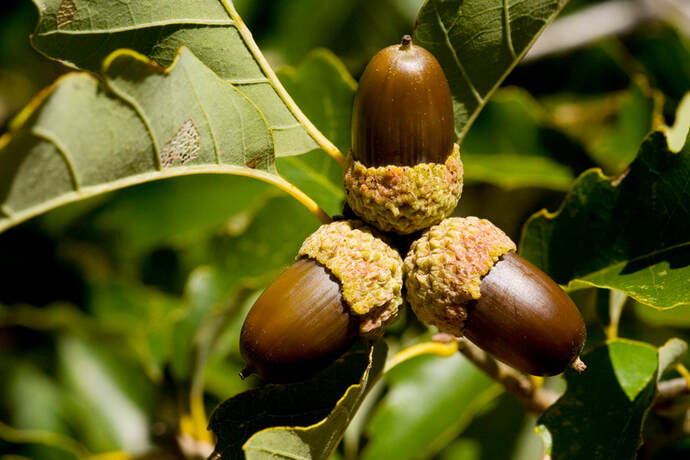Chinquapin Oak
Scientific Name: Quercus muehlenbergii
— pronounced KWER-kus mew-len-BERG-ee-eye
— Quercus, Latin for oak
— muehlenbergii for Gotthilf Henry Ernst Muhlenberg (1753-1815), American clergyman and botanist
Beech Family (Fagaceae): includes beeches, chestnuts, and oaks
Other Common Names: Chinkapin Oak, Yellow Oak, Yellow Chestnut Oak, Rock Oak
Chinquapin Oak bark is thin, light gray, rough, and flakey. The leaves are 4 to 7 inches long, simple in form, with toothed margins. The teeth have small glands at their tips. The leaves are dark and shiny on the upper surface; the underside is paler and densely covered with whitish hairs.
— pronounced KWER-kus mew-len-BERG-ee-eye
— Quercus, Latin for oak
— muehlenbergii for Gotthilf Henry Ernst Muhlenberg (1753-1815), American clergyman and botanist
Beech Family (Fagaceae): includes beeches, chestnuts, and oaks
Other Common Names: Chinkapin Oak, Yellow Oak, Yellow Chestnut Oak, Rock Oak
Chinquapin Oak bark is thin, light gray, rough, and flakey. The leaves are 4 to 7 inches long, simple in form, with toothed margins. The teeth have small glands at their tips. The leaves are dark and shiny on the upper surface; the underside is paler and densely covered with whitish hairs.
Photos: bark & leaf by David Rosher; leaf margins by Douglas Goldman CC BY-NC 4.0
The acorn is 1/2 to 1 inch long, borne singly or in pairs — occasionally in a triplet, as below. Its bowl-shaped cap, with tattered fringe on the edges, covers 1/3 of the acorn.
The acorn is 1/2 to 1 inch long, borne singly or in pairs — occasionally in a triplet, as below. Its bowl-shaped cap, with tattered fringe on the edges, covers 1/3 of the acorn.
Photo by Patrick Alexander at SERNEC (fair use)
More photos and ID help: VA Tech dendrology sheet, bplant.org page.
This species is localized throughout its range: it appears to be dependent upon soil type and to require a pH above 6.0 (alkaline). Most commonly found growing on calcium-rich soils derived from limestone. Here in the Preserve, Chinquapin Oak is more common west of Union Run.
Interesting fact:
More photos and ID help: VA Tech dendrology sheet, bplant.org page.
This species is localized throughout its range: it appears to be dependent upon soil type and to require a pH above 6.0 (alkaline). Most commonly found growing on calcium-rich soils derived from limestone. Here in the Preserve, Chinquapin Oak is more common west of Union Run.
Interesting fact:
- Chinquapin Oak’s maximum height is highly variable by site. As an understory tree in upland hardwood forests it may be 30 feet tall; but it may reach 90 feet on rich bottomland sites. It has a lifespan of about 100 years.
- Chinquapin oak acorns are sweet and palatable and are eaten by squirrels, mice, voles, chipmunks, deer, turkey, and other birds.



